

Cystic Ovarian Disease
Cystic follicles larger than 17 mm in diameter that persist for more than 10 days on the ovary.

COD incidence increases with parity. The incidence in first-lactation cows is 40-80% lower than in the general cow population.
Cows with ovarian cysts have ovarian follicular waves similar to those of cows that ovulate at the end of estrus, but these follicles fail to ovulate.
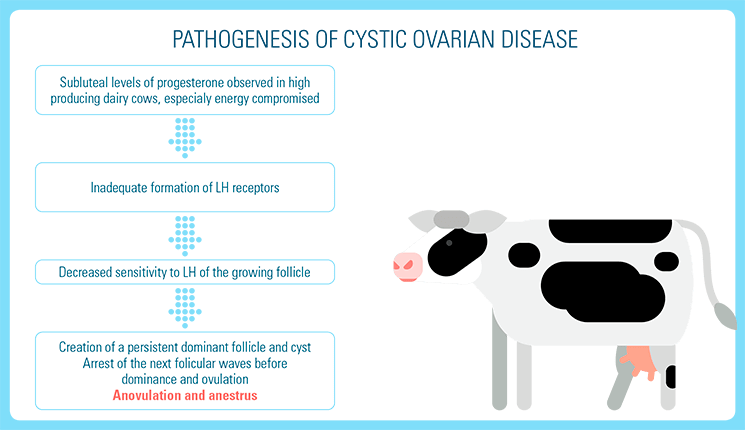
- Metabolic diseases (ketosis, acidosis)
- Excessive negative energy balance
- High productivity
- Retained placenta, endometritis
- Dystocia
- Stress
- Genetics
- Dependent on the endocrine activity of the cyst
- Estrogenically active follicular cysts
- Hyperestrogenisation
- Nymphomania – permanent estrus behavior
- Mounting of other cows
- Decreased milk production
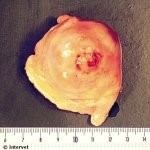
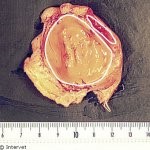
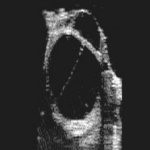
- Rectal palpation: a large follicle (> 17 mm) can be felt whilst there are no signs of estrus. Aproximately 10% are false positives, and differentiation between follicular and luteal cysts cannot be made accurately.
- Ultrasonography: true cysts can be differentiated from other ovarian structures. The maximum CL cavity diameter is < 20 mm. Follicular and luteal cysts can be differentiated by evaluating the thickness of the cyst wall (≤ 3 mm and > 3 mm, respectively)2.
It can be combined with analysis of circulating progesterone concentrations to improve the accuracy of COD diagnosis.
- Address the underlying factors responsible for the development of the condition.
- Correct any nutritional and metabolic disorders.
Hormonal treatment leads to induction of normal follicular turnover and resumption of cyclic ovarian activity.
Addresses the Lack of Inadequate LH Stimulation for Final Maturation and Ovulation of the New Follicular Wave
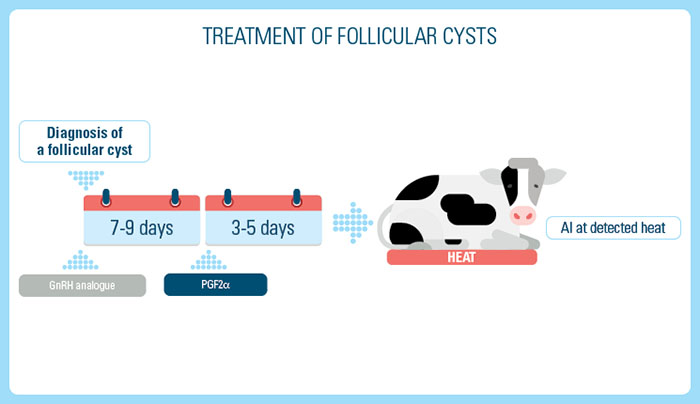
To shorten the time to breeding, a combination of GnRH and prostaglandin is recommended:
- GnRH followed in seven to nine days by PGF2α or complete OvSynch protocol.
- Cows can be inseminated in the induced heat. Click on thumbnail sketch for full sized image.
Human Chorionic Gonadotrophin (hCG) Injection
Allows for final maturation and ovulation of the arrested follicular wave.
- hCG followed in seven days by PGF2α
- Cows can be inseminated in the induced heat
Progesterone
It not only induces ovulation of the new dominant follicle but also provides so-called “progesterone priming,” which prevents recurrence of the cystic condition.
Cows can be inseminated in the induced heat.
Treatment usually consists of one or two doses (intramuscular injection) of PGF2α, and a GnRH injection after 48 hours. Cows can be inseminated in the induced heat.
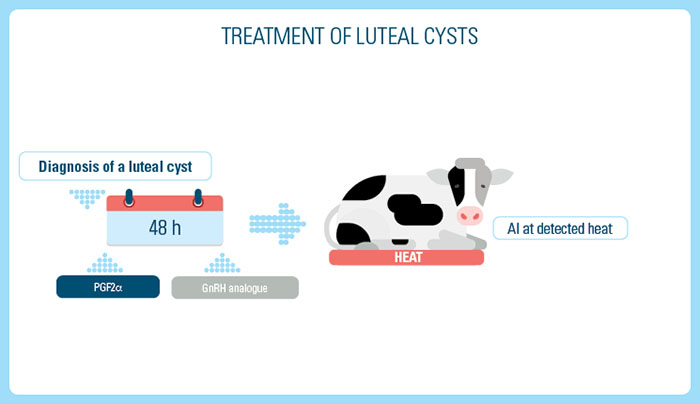
- Vanholder, T., Opsomer, G., de Kruif, A. 2006. Aetiology and pathogenesis of cystic ovarian follicles in dairy cattle: a review. Reprod Nutr Dev.;46(2):105-19.
- Brito, L., Palmer, C.W. 2004. Cystic ovarian disease in cattle. Large Animal Rounds.

